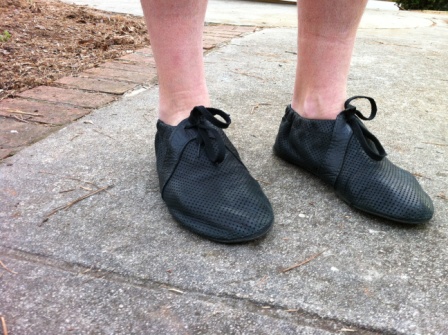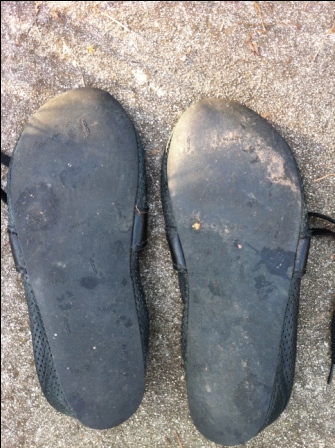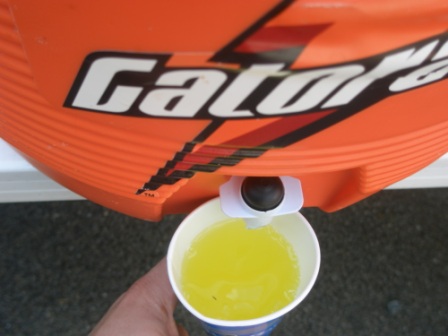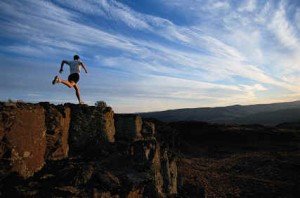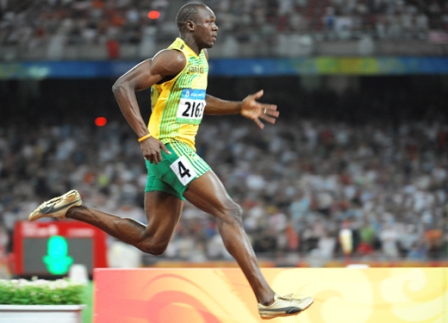7 Training Tips on Preparing for Tough Mudder and Spartan Race
Monday, September 16th, 2013Guest post: Deanna McCurdy
Preparing for a race, whether it’s the Tough Mudder, Spartan Race, or other challenge, can seem like a daunting task- especially if it’s your first go-around. With these simple tips on preparing for an upcoming race, you’ll have no problem waltzing onto the battlegrounds and keeping up with the big dogs, possibly ending as a winner.
Preparing for a race, whether it’s the Tough Mudder, Spartan Race, or other challenge, can seem like a daunting task- especially if it’s your first go-around. With these simple tips on preparing for an upcoming race, you’ll have no problem waltzing onto the battlegrounds and keeping up with the big dogs, possibly ending as a winner.
By The National Guard via Flick (CC-BY-2.0)
- 1. Lose Weight
Trying to win a race when you are carrying extra weight is an obvious recipe for failure. In the few weeks prior to the event, try to lose as much excess weight as possible. This excess weight is doing nothing but weighing you down and leaner contestants will have an easy time passing you up. Just make sure you lose weight in the healthy way with plenty of good foods and exercise. Don’t join a fad diet or eat too few calories or you will end up doing your body more harm than good.
- 2. Run
One of the best ways to train for a marathon is by running. You’ll obvious be doing a lot of that in the impending event, so you want to build up as much endurance as you can. If you don’t get used to doing a lot of running, start off slow by only doing light jogs, mixing in sprints when you’re ready. Increase the amount of running and intensity of the run each time to build up your legs and endurance. Don’t run every day, as this can be hard on the knees. Instead, try to run at least 3 times a week with a maximum of 5. Overdoing it will do nothing but stress out the body and cause aches and pains before the race.
- 3. Endurance
There will be many other activities during the Tough Mudder and Spartan Race, and you need to be prepared for everything that comes your way. Instead of focusing on just endurance during running, you also need to worry about the endurance of your entire body. For this part of training for a marathon, you need to do several weight workouts several times a week (on the days you aren’t running). Do plenty of muscle-building on the arms, legs, stomach, and back. This will help your overall performance. But again, don’t do so many muscle workouts that you harm the muscles. Instead, start off light and build up intensity with each workout.
- 4. Plenty of Rest
When people begin preparing for a Spartan Race or Tough Mudder, they can typically become overwhelmed with everything they need to do. This, in turn, may cause contestants to lose sleep. However, this is very bad for the body and reverses any training that may be done. Make sure your body gets plenty of rest and has ample time to recover.
- 5. Eat Healthy
Eating healthy is a practice that should be held year round. But if you are just now jumping on the healthy food bandwagon to get prepared for the upcoming marathon, give yourself a pat on the back. Eating healthy is vital for the body, especially when it is training at a high capacity. Eat plenty of fruits, vegetables, and meats to ensure your body is revitalized with proper nutrients. You may opt to start a ‘clean’ or ‘vegan’ diet in the weeks prior to the event.
- 6. Get the Right Apparel
Working out in the wrong apparel can be incredibly uncomfortable, causing possible damage to the body. Buy the right workout gear, including apparel that supports the body. Pay close attention to shoes, making sure to buy running shoes that offer plenty of comfort and support for the foot. You may consider shopping at Under Armour shoes store as they offer a wide selection of running shoes, and you can use an Under Armour promo code to save on your purchase.
- 7. Taper
In the week before the event, you should taper off from strenuous runs and workouts. The body needs time to heal and rest before the big occasion, and tapering off is a great way to regain lost strength and leave your body feeling fresh and ready to take on the challenge.
Author Bio: Jane Hudson is an avid blogger with a passion for writing. With over 3 year- experience and a unique writing style, she creates pieces that are interesting to read in relation to fashion, exercise, and deals. Let visit her blog or G+ for more interesting articles.










